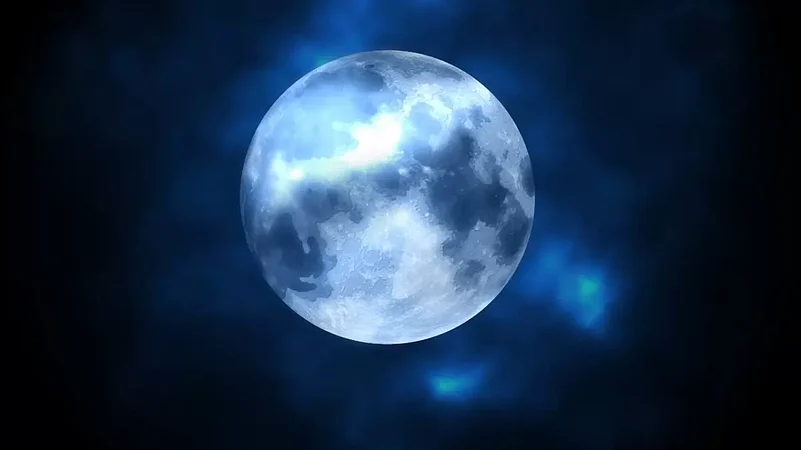The captivating scene of a Blue Moon has been a subject of interest since ancient times. Especially during the time when planetary movements were the source of defining important events. Since then the speculation about the full moon’s potential to influence human behavior has been around. As the rare phenomenon of a Blue Moon is about the light up the sky on August 30, let's see what the Blue Moon Effect has on human behavior.
A Blue Moon occurs when two full moons appear within a single calendar month, and that is what makes it rare. And contrary to the myth associated with its name, the Blue Moon doesn't emit blue rays. The term is used to describe the second full moon in a month.
The popular beliefs and folklore
If history were to be looked into, the lunar events have had their association with various cultural beliefs and superstitions. It is through the annals of history that one can determine the idea that a Blue Moon directly affects human behavior. Rooted deep in mythology and anecdotal accounts, there is no such scientific research proving it.
Scientific research and studies on moon effect
Over the years, there have been numerous scientific studies aiming to investigate the potential connection between lunar phases and human behavior. Some studies have established correlations between full moons and certain human behaviors. However, the results have often come out inconsistent lacking a clear cause-and-effect relationship.
While scientific studies and experiments have been around, a social experiment that has come to light is the crime rates and emergency room visits during a full moon. Often a rise in crime rates and emergency room visits is noted during full moons, which also includes Blue Moon.
What the experts have to say
Psychologists term the human tendency to relate the full moon to human behavior as the tendency to seek and interpret information that confirms preexisting beliefs. This the experts believe contributes to the perceived Blue Moon effect.
There is no bound to the historical beliefs and cultural influences attached to the occurrence of the Blue Moon and full moon. These beliefs are what continue to shape the perceptions of celestial events, while scientific research lacks substantial evidence.
















